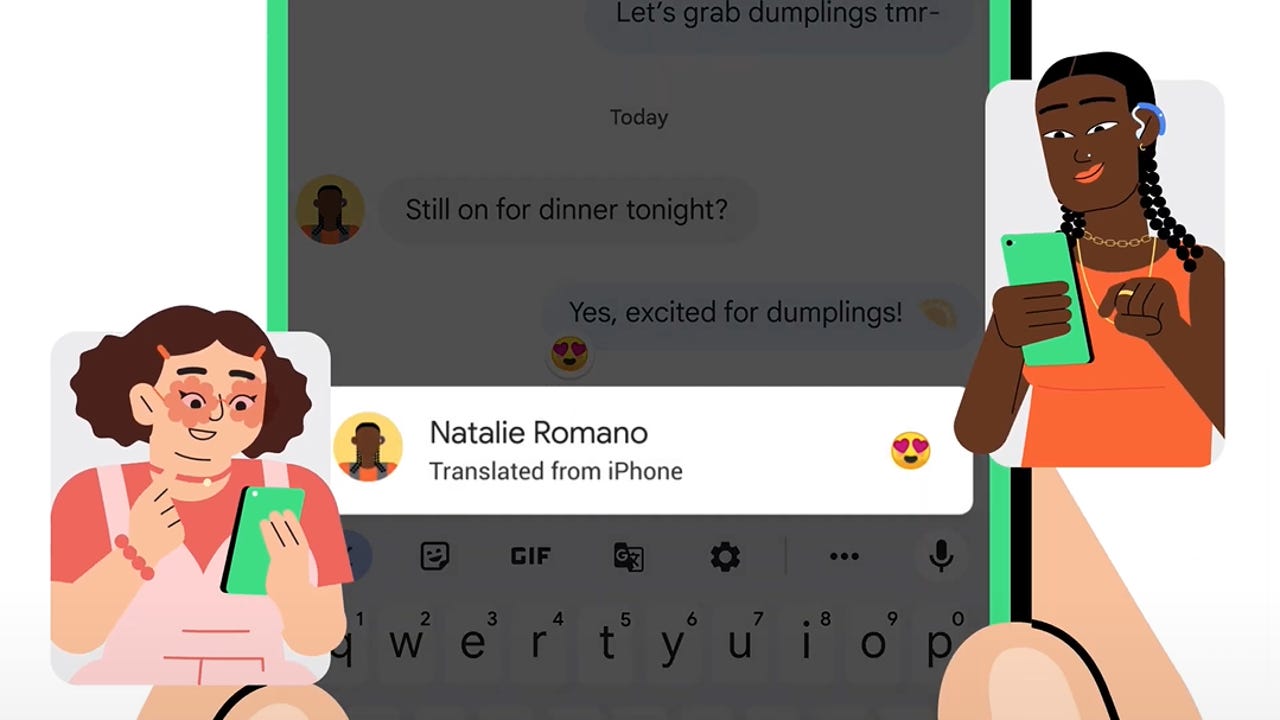'ZDNET Recommends': What exactly does it mean?
ZDNET's recommendations are based on many hours of testing, research, and comparison shopping. We gather data from the best available sources, including vendor and retailer listings as well as other relevant and independent reviews sites. And we pore over customer reviews to find out what matters to real people who already own and use the products and services we’re assessing.
When you click through from our site to a retailer and buy a product or service, we may earn affiliate commissions. This helps support our work, but does not affect what we cover or how, and it does not affect the price you pay. Neither ZDNET nor the author are compensated for these independent reviews. Indeed, we follow strict guidelines that ensure our editorial content is never influenced by advertisers.
ZDNET's editorial team writes on behalf of you, our reader. Our goal is to deliver the most accurate information and the most knowledgeable advice possible in order to help you make smarter buying decisions on tech gear and a wide array of products and services. Our editors thoroughly review and fact-check every article to ensure that our content meets the highest standards. If we have made an error or published misleading information, we will correct or clarify the article. If you see inaccuracies in our content, please report the mistake via this form.
Google Messages update adds new features, brings iOS reactions to all


Google's latest update to its Google Messages app for Android not only includes the full public release of its long-awaited support for iOS reactions but also brings with it a slew of other new features to improve communications between Android and iOS users and a handful of quality of life improvements.
The most important feature of the new update is likely to be the addition of support for iOS reactions to the full public release of the app. After having been in beta for over a month, the compatibility feature will take the iOS reactions that were previously translated on Android devices to simple text and instead convert them into native Emoji most closely representing the reaction's sentiment, including 👍, 😍, 😂, 😮, 😥, 😡, and 👎.
This new capability is joined by additional features aimed at smoothing out Android to iOS conversations. Google also adds support for sharing Google Photos links into Messages to send full-quality photos and videos to non-RCS users on iOS. Similarly, YouTube links sent from an Android device to an iPhone will now also provide previews for the recipient.
Also: Google Photos is getting these new video and photo editing features
Google and others in the mobile device industry have long-lamented Apple's unwillingness to adopt the RCS protocol that allows for rich messaging features between various devices. But, small adaptations like these should smooth out the divergent messaging systems used by Android and iOS in the meantime.
Also: Google's Android Messages for web is here: This is how it lets you text from PCs, Macs
In addition to its iOS-centric additions, Google also enhanced several aspects of Messages to make users' lives easier. These qualities of life updates include the ability to automatically delete one-time password messages after 24 hours; the option to sort your inbox into Personal and Business messages; an automated "gentle nudge" to remind you of messages you haven't responded to; and birthday reminders for all of your contacts with birthdate info.
The newest version of Google Messages is available for download now from Google Play. Additional details about these changes and changes to some other first-party Google apps on Android can be found within the company's blog post on the updates.